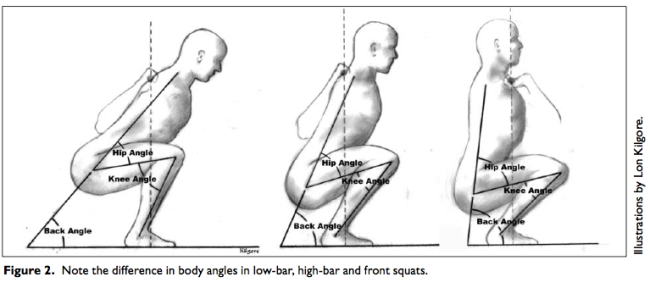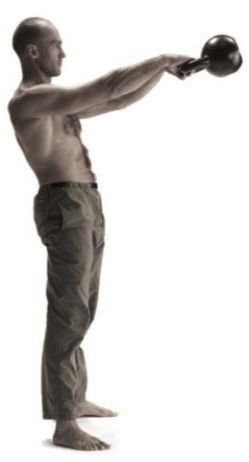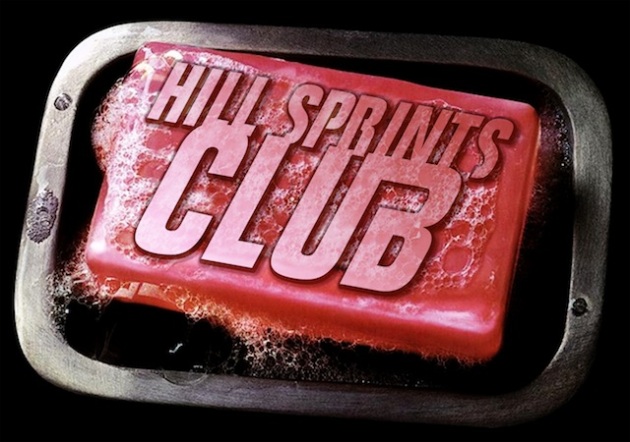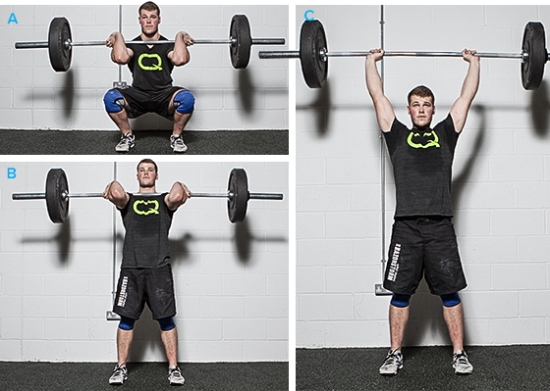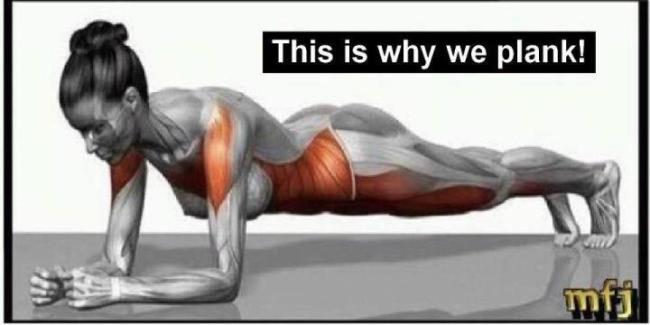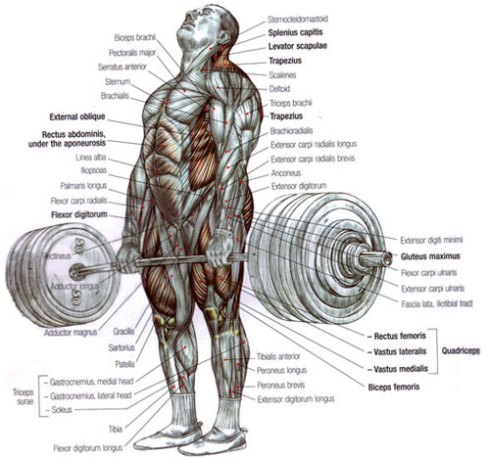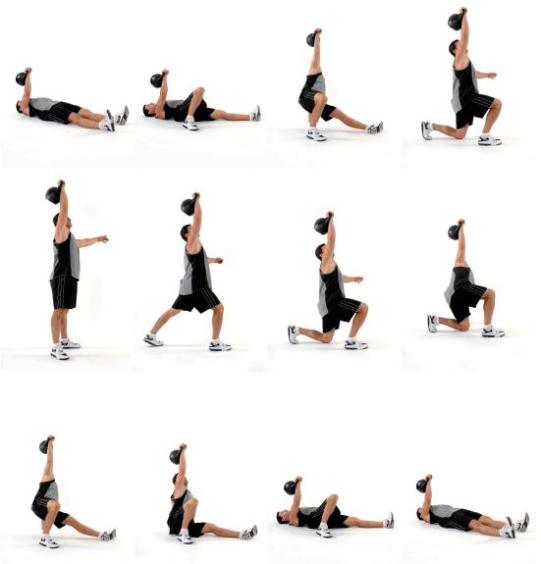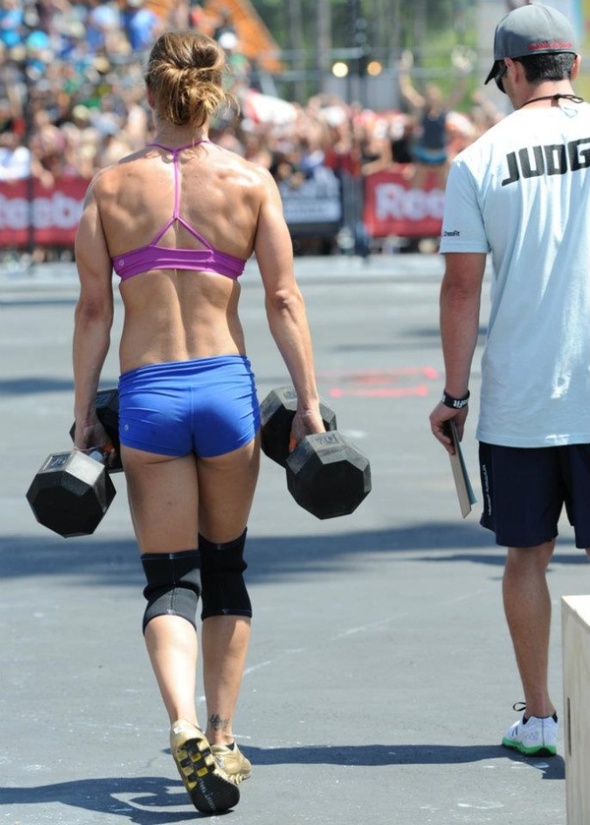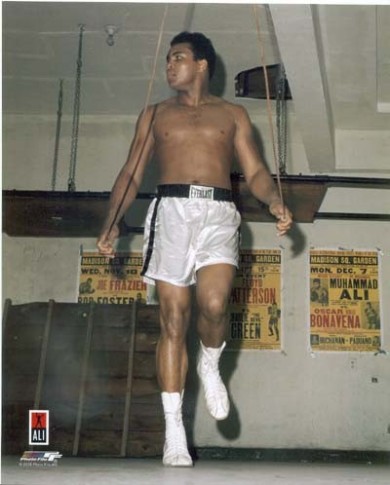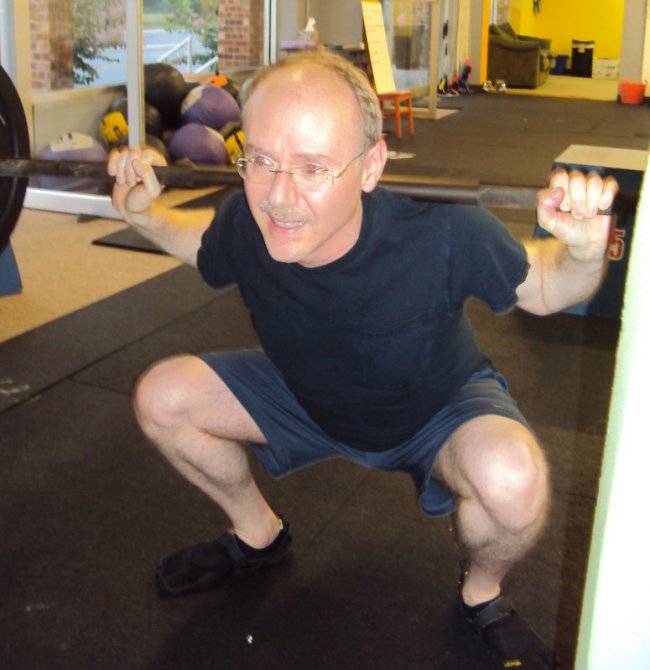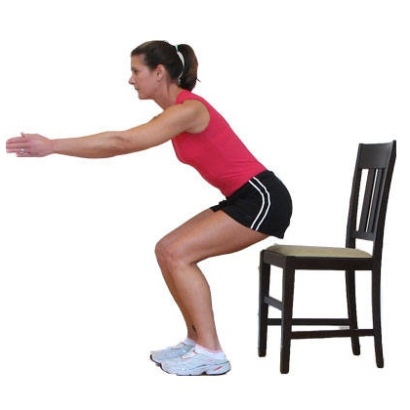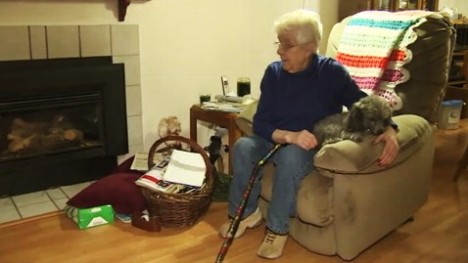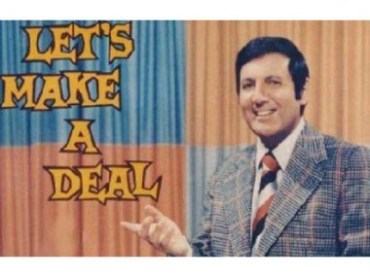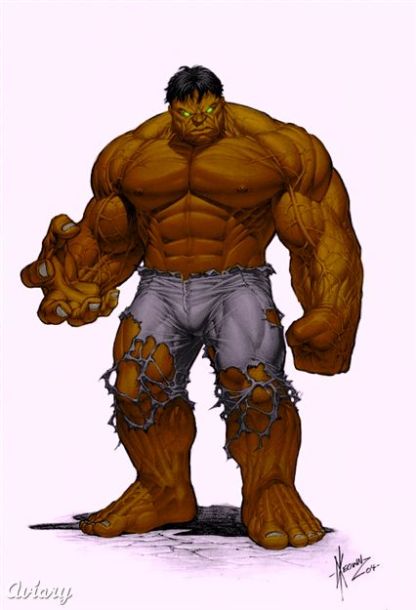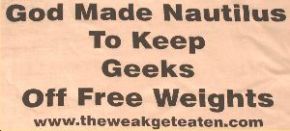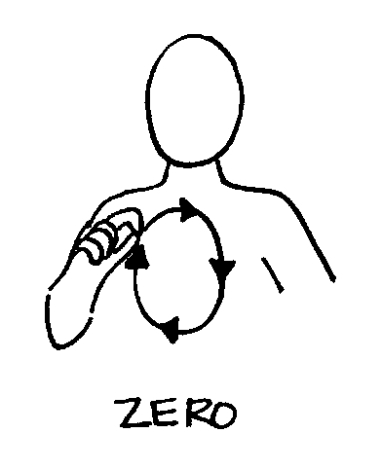Over the past two-weeks I’ve had the chance to catch up on my reading and put everything in place before heading back to work. I will be the newest rockstar to join the team of Las Vegas Iron House this Friday. I already have a few athletes itching to get back in the gym and quite frankly I’m ready to do my thing.
NSCA,ACSM,NASM,ACE,CrossFit,StrongFirst and a ton of others…time for my geekiness to come out of the closet.
Believe it or not, I have a second stash of fitness books in another room of the house plus at least one in every bathroom. Buying a house with two walk-in closets was indeed a good buy. Yes, I do rock those hot pink shoes and yes, those are the red Nano sneakers from the now famous “Bro Hug of Doom” situation.
Funny Pink Shoe Story: Not long ago I caught an XXL bodybuilder guy staring at my pink shoes, he caught me catching him staring at them and when I asked “I bet you’re wondering if these babies come in your size?”…..I almost fell over myself when he responded in a rather high pitched lisped voice “Yesss….where did you get them, they’re sooo hotttt.”
OOOOOkkkkk…….
Recently I took part in an online discussion on “The Greatest of all time” exercises (and you thought this blog was going to be about me!) I am pleased to announce that I won the group consensus based on my personal favorites and ability to state my case for each.
Enjoy the awesomeness….
Technical Point: Note the head/neck position on all three squats. The head/neck maintain a neutral position on all versions throughout the range of motion. Many coaches have the athlete look up slightly during the lift, I believe this affects the spinal movement involved in the lift and have my athletes keep their spine in line. On the low bar squat, I have my athletes initiate the lift from just above their butt when coming up from the bottom position.
1. The Low Bar Barbell Back Squat. Athletes: Hopefully this photo illustrates why I am so particular with this lift, My favored Squat is the low bar back squat, however I’m well aware that this is not a wise option for all athletes. I will select the Bench Squat, Air Squat, Front Squat, Goblet Squat or Zercher Squat as applicable. Basically,if I’m your coach and you have legs you’re going to squat.
Pavel, the Godfather of Kettlebells in the U.S.A. A common mistake I seen is people attempting to “Squat Swing” the Kettlebell instead of swinging it using a hip snap and driving the lats to retract it. The CrossFit/American version of the swing brings the Kettlebell overhead, the hardstyle version pictured above is often the scaled version seen in CrossFit.
2. The Hardstyle Kettlebell Swing. I’m learning the intricacies of the hardstyle swing and more importantly how to coach it to others so that it can join the Turkish Get Up, Press and Goblet Squat that I already coach. Based on sheer number of calories burnt in a short span and the multitude of benefits the swing is among the top choices.
On Sprinting, I’m not looking for Usain Bolt times, I’m looking for YOUR best time.
3. Uphill Sprinting. The Rules of Hill Sprint Club: 1. We loves us some Hill Sprints. 2. We talk about how much we loves us some Hill Sprints. 3. We stop if we need to, not because it’s convenient or because we see some squirrels doing neat things. 4. Any number of people can sprint at a time, it’s you versus you, not you versus them. 5. One best sprint at a time, everytime. 6. Shirts optional, good shoes mandatory…unless you’re into the naturism/ barefoot running thing (local laws apply.) 7. Sprints will get easier the more you do them, the lighter you get or the stronger you are. 8. If this is your first time at Hill Sprint Club, you will sprint like you just committed a crime.
What is not shown is the poking of the head through the arms. Technical Points: Athletes new to the Thruster (or Press or Push-Press) will often put the bar either too far behind or in front of themselves. The bar should have a nearly vertical path with minimal lateral travel and the head pokes through the hole created by the press action. The athlete must drive through their heels on all reps, after the first rep they can take advantage of the bounce reflex action created at the bottom of the squat. Regardless of what weight my athletes actually press, we ALWAYS start with just the bar for warm-ups. Side note (Because I feel like giving technical love tonight) You can press around 33% more in the push press than you can in the regular press due to the momentum created by the partial squat.
4. Thrusters. Popularized by CrossFit and a mean lady named Fran. Well covered here on MTC and one of the staple lifts in my programming. The entire kinetic chain gets the love with this exercise and I feel it pairs well with the Deadlift.
Technical Points: The diagrams hands appear to be too far ahead and the head should be in a neutral position. I prefer to have the athletes thumb knuckles in line with their nose and their head and neck in line with the spine, with the chin roughly a tennis ball distance from the chest. For the Push-Up position variant, I line the hands and wrists in line with the shoulders and lock down the lats and shoulders. The diagram fails to animate the posterior chains contribution to the plank. Coaches: I’ve had good fortune covering the elbow plank before teaching the deadlift and the hardstyle swing. The feedback the body gives the athlete from a proper plank is the same feedback that it gives in the final positions of the deadlift and the hardstyle swing. I would add that this feeling is the same in many other standing lifts.
5. The Plank. A very good exercise, but has the limitation that once the athlete can perform it for 60 seconds there will need to be a modification made since it will reap less benefits. My favorite version is a push-up position plank done between two-benches while rowing a heavy dumbbell.
Nearly every muscle in the body contributes to the deadlift.
Technical notes: There is no need to flip the head back before,during or after the lift. Just look straight ahead and maintain spinal alignment during the entire pull. In the bottom position this means you will be looking downwards at a slight angle. I coach my athletes to take in a big breath before the pull to maintain abdominal and intra-thoracic pressure and exhale at the top of the pull while squeezing the glutes hard. The image shows both hands in the Overhand position, some lifters will alternate hands (1 Over, 1 Under) when lifting heavier loads. I am OK with this but suggest they switch their grips per set.. Lifting over-under alters the load across the joints, tendons and muscles unevenly and can lead to muscle imbalances if both sides are not trained evenly. Deadlifting is also a key technique in learning the Olympic Lifts.
6. The Deadlift. Humorously covered here: https://mytrainerchris.wordpress.com/2014/01/24/so-a-powerlifter-hugged-me-the-other-day-at-the-box/
Not shown in the Turkish Get Up image is the use of both hands to pick up and park the Kettlebell while laying down. Technical Point: One of the more common mistakes I see is athletes doing is extending their shoulder instead of keeping it packed in. I believe that “re-packing” the shoulder and engaging the lats prior movement should be emphasized. On a side note, I believe that the images 1-4, or possibly even just 1-3 can help rehabilitate a shoulder.
7. The Turkish Get Up. A full-body exercise that is far more taxing than it looks, but I suppose the same could be said about any of T.G.O.A.T exercises.
Pictured above is the Farmers Walk Dumbbell Variant. Barbells, Kettlebells or Odd sized objects can also be used. Note the amount of work the back muscles alone are contributing to the Farmers Walk. Technical Tip: Go for distance with a given weight. Increase the distance or the weight weekly in a linear progression. The use of straps,lifting hooks or padded gloves is ill advised as (A) Straps and hooks allow for cheating…therefore suck. and (B) Padded Gloves alter your natural grip.
8. The Farmers Walk. A mentor of mine once shared with me his entire strength and conditioning program. To pay it forward and earn good Karma I shall do the same for you…
1. Pick heavy things up from the ground.
2. Press heavy things over your head.
3. Pick heavy things up and walk with them.
4. Pick heavy things up from the ground, Press it overhead and then walk around with it.
Progression: Pick up heavier things.
My mentor didn’t exactly use the word “things”, but you get the idea. Fellow Coaches and Trainers: As simplistic as the program is, take a step back and tell me it doesn’t challenge many different fitness domains. Remember that “heavy” is a relative term depending on the athlete and that strength is a skill that needs to be developed like any other skill.
Ali jump roped. So can you. Technical Points. Can’t jump rope? Put the rope on one side of your body and time your jump with the rope. Go for time or revolutions. I keep three different jump ropes on hand, one for speed, which hurts big time if you snap yourself with it, a heavy rope and a mid-weight rope.
9. Jump Roping. It’s inexpensive, low-tech and takes up minimal space. It’s a cardio workout that burn more calories than you would think, engages the upper and lower body and can be combined with nearly any training program save for rehabilitation.medical exercise and inclusive fitness. Jumping Rope has been a staple of fighter training for many years, think for a moment about what fighters are training for and the physical demands of combat sports in general. I do not program jump roping for athletes with certain medical conditions (such as osteoporosis) or with histories of joint problems. I have had athletes complain of the “jiggle factor” when jumping rope, but unless the jiggles are in dissimilar directions I don’t care, I view jump roping as a “de-jiggler.”


